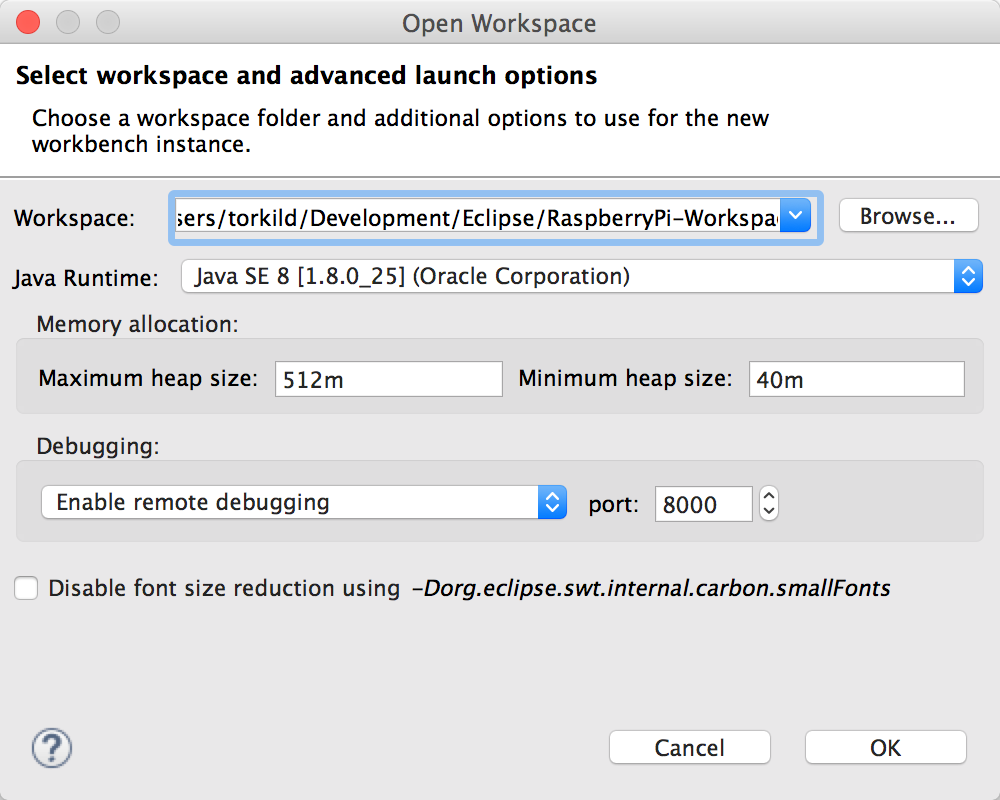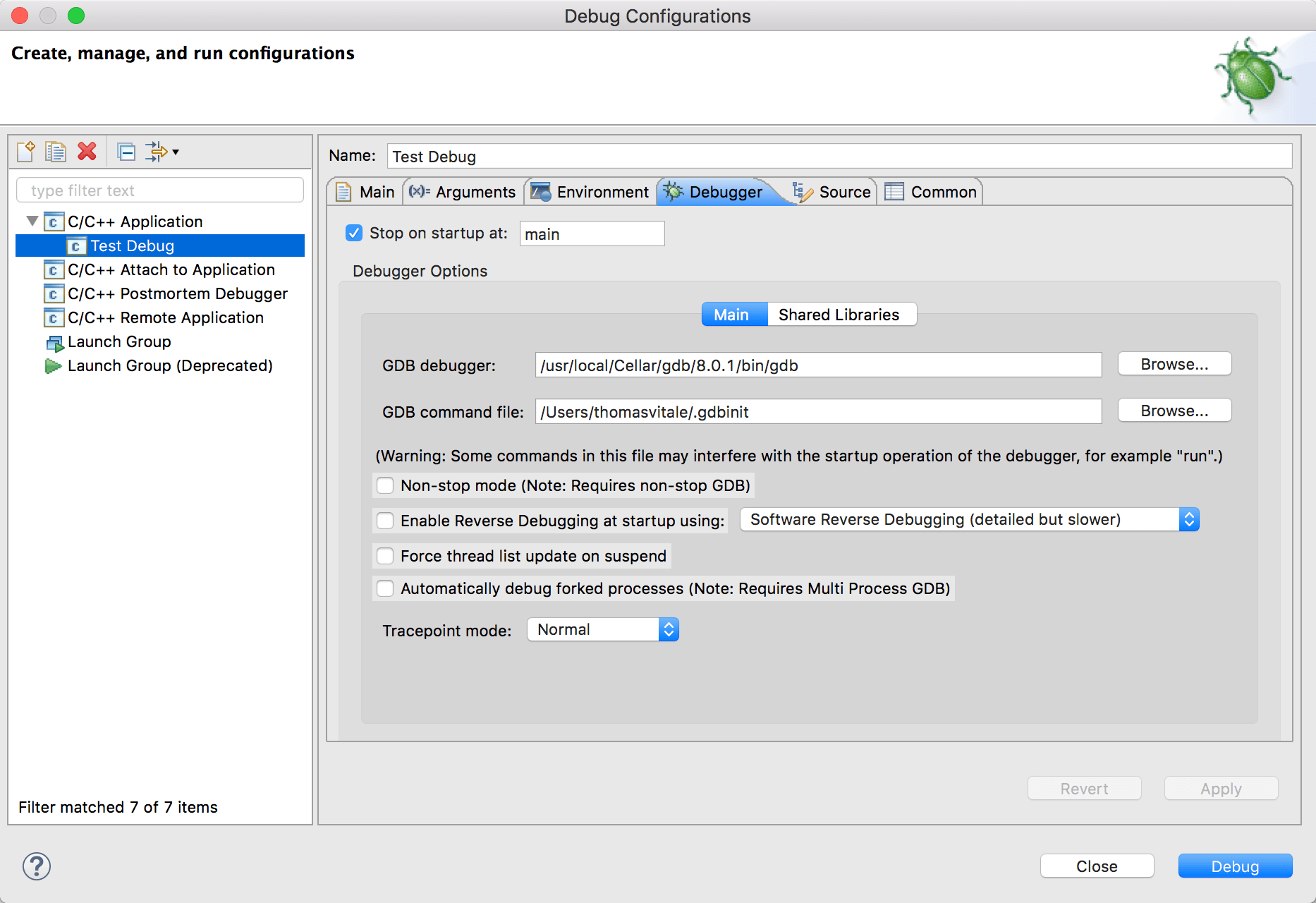Visit our blogs for more Tutorials & Online training https://www.pavantesting. Open finder, select applications and then drag the eclipse icon from desktop the the application folder in finder. 6) Installation is done, you can now launch the eclipse by clicking the icon in applications.
Video Walkthroughs for Installing Eclipse for C++ on MacOS
On a MacOS system, you can get Apple's versions of g++, gdb, andmake by installing the Xcode Command Line Tools.These are free from the Apple Store,but you will need to create a free Apple Developers account.When you install the Command Line Tools,Apple's installation wizard should also update your PATH variable for you.
- MacOS 10.13 (High Sierra):Click here for a video walkthrough on installing Apple's Command Line Tools, Eclipse, and CDT on a MacOS X 10.13 (High Sierra) system.
High Sierra Os Mac
Note: As of August 2020,Apple has unfortunately broken things by no longer supportinggdb, the GNU debuger; nor lldb-mi,the debugging machine interface for the low-level virtual machine (LLVM).Using the integrated debugger in Eclipse requires one of these two,so debugging from within Eclipse on the Mac is currently broken.The same functionality is available by using lldb from the command-line;see me for instructions on how to use it.
If you happen to be using MacOS 10.6 (Snow Leopard),click here to download XCode 3.2.6,the last version of XCode that was compatible with MacOS 10.6.8.

If you experience problems installing Apple's Command Line Tools,try quitting iTunes and iTunesHelper (e.g., quit iTunes normally; then use the Terminal command killall iTunesHelperto terminate iTunesHelper) because these have in the past interfered with installingXcode.
Eclipse Ide For Mac Os Sierra
If you are comfortable with the MacOS command-line and want a newer version ofg++ than the one available from Apple, you can get one using a package managersuch asMacPorts orHome Brew.Each of these have over thousands of free and open-source programs for your Mac,so I would encourage you to learn to use either of them.
CS >112 >Resources >Installing Eclipse >Videos >MacOS